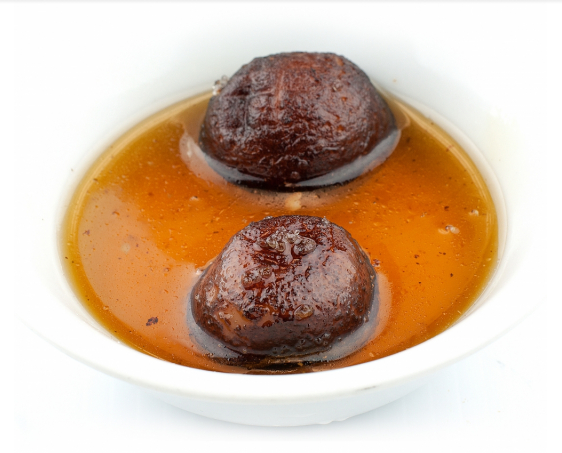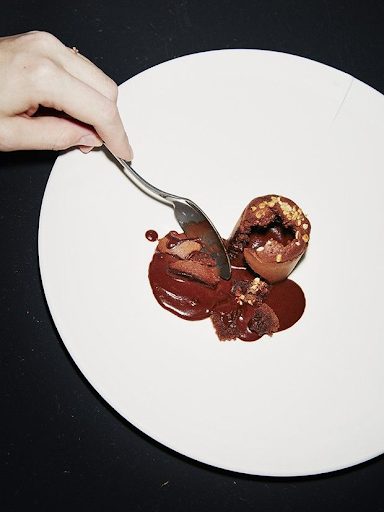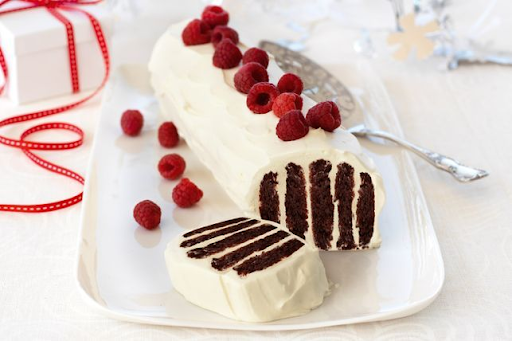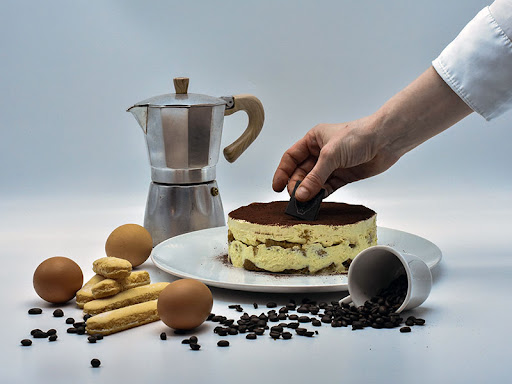Gulab Jamun: The Indian Street Dessert with a Travel Passport!
You may have heard about, or even tried Gulab Jamun before… The fried Indian sweet enjoys cult status in India, where they serve it during festivals and special occasions. Its well kept recipe has traveled to many other countries too. If you don’t know the treat, we’re here today to help you discover it!
What Is Gulab Jamun?
Gulab Jamun consists of a milk solid, originally called khoya, which is a milk preparation with a soft, doughy consistency. Today, most cooks and bakers make it from powdered milk for convenience. Often, sliced almonds, cashews or coconut flakes sit atop the sweet dish for both decoration and flavour purposes. Depending on taste and region, the dessert comes in brown and black colors, the latter of which is the result of sugar in the dough that caramelizes during frying. The black version of the sweet treat is called Kala Jamun.
If using khoya, bakers heat the milk until the water evaporates, leaving only the milk solid. They shape the khoya into balls, before deep-frying those in oil or ghee. If using milk, cooks mix milk powder with water and flour to obtain a dough. They then fry the balls at lower temperatures so that the inside of the dessert can cook thoroughly before they reach their golden brown color. Finally, these balls will soak in a syrup mixture of sugar, cardamom, rose water, kewra, or saffron according to taste. Sometimes, people eat the sweet with a scoop of vanilla ice cream or two. Yum!

Delicious with vanilla ice cream and coconut (Hotel Welkin Residency)
The Origin Story Behind Gulab Jamun
Apparently, the sweet fried balls hail from medieval Iran (Persia). The dessert may have started as a fritter that Central Asian Turkic peoples brought with them to India. Other anecdotal accounts report that the Mughal emperor’s chef prepared it by accident! It is also popular in Nepal, Myanmar, Pakistan, Bangladesh… but can be found in Mauritius as well! With pivotal historical events and migrations as influences, the origin history is difficult to pin to a single location. In a way, this is part of what makes the dessert special: its existence is a testimony to the cultural exchanges that underpin its creation, and the evolution of taste across regions.
Did you know it is such a popular dessert that there’s a colloquial day of celebration for it? Yes, fans of the treat observe October 10 as Gulab Jamun day! While concentrated in the Indian subcontinent, the dessert lovers are also in other places, near and far. Because of the diversified origins and growing popularity, it made its way to many places around the globe.

It comes in practical individual portions (Ram Sweet Shop)
Because of its convenient format, the treat is a great choice for festivals, where it is popular as a street food.
How to Ensure the Freshness of Your Gulab Jamun?
First, if using milk solids for the dessert, those have to be freshly curdled. This means fresh whole milk and a freshly made khoya mix. If the makers of the treat use powdered milk, this will not necessarily result in a less fresh product. The quality of the milk is mostly important when using khoya, which requires fresh milk.
After adding the milk, the next element to evaluate for maximum freshness is the dough. In general, the softer the dough, the sweeter the treat. This might be due to aeration (ability of air to penetrate the material): more compact dough leaves little room for the syrup and flavor particles to penetrate. On the other hand, airier dough allows the sugar, rose, and cardamom flavors in the syrup to properly sink into the mix, leading to enhanced sweetness and taste.

Submerge the treat in syrup after it has cooled off for maximum freshness (Asha Restaurant)
Apart from the dough and milk ingredients, the freshness of your dessert will depend on when it was made, as well as how it was preserved. At room temperature, the sweet will be good for a week. In the fridge, up to a month. If the balls are too chewy, it was probably put in syrup too quickly after frying – the best texture to enjoy is soft and spongy. It is best to let the treat cool off before soaking in syrup so it can absorb the liquid without affecting its texture.
Whether you discovered it as a new dessert today or deepened your knowledge of it, we hope that this brief blog made you hungry for more! They say experience is the best teacher, so why not go ahead and learn about the Indian sweet through your taste buds? To try the dessert’s milky sweetness for yourself, search for Gulab Jamun near you.







